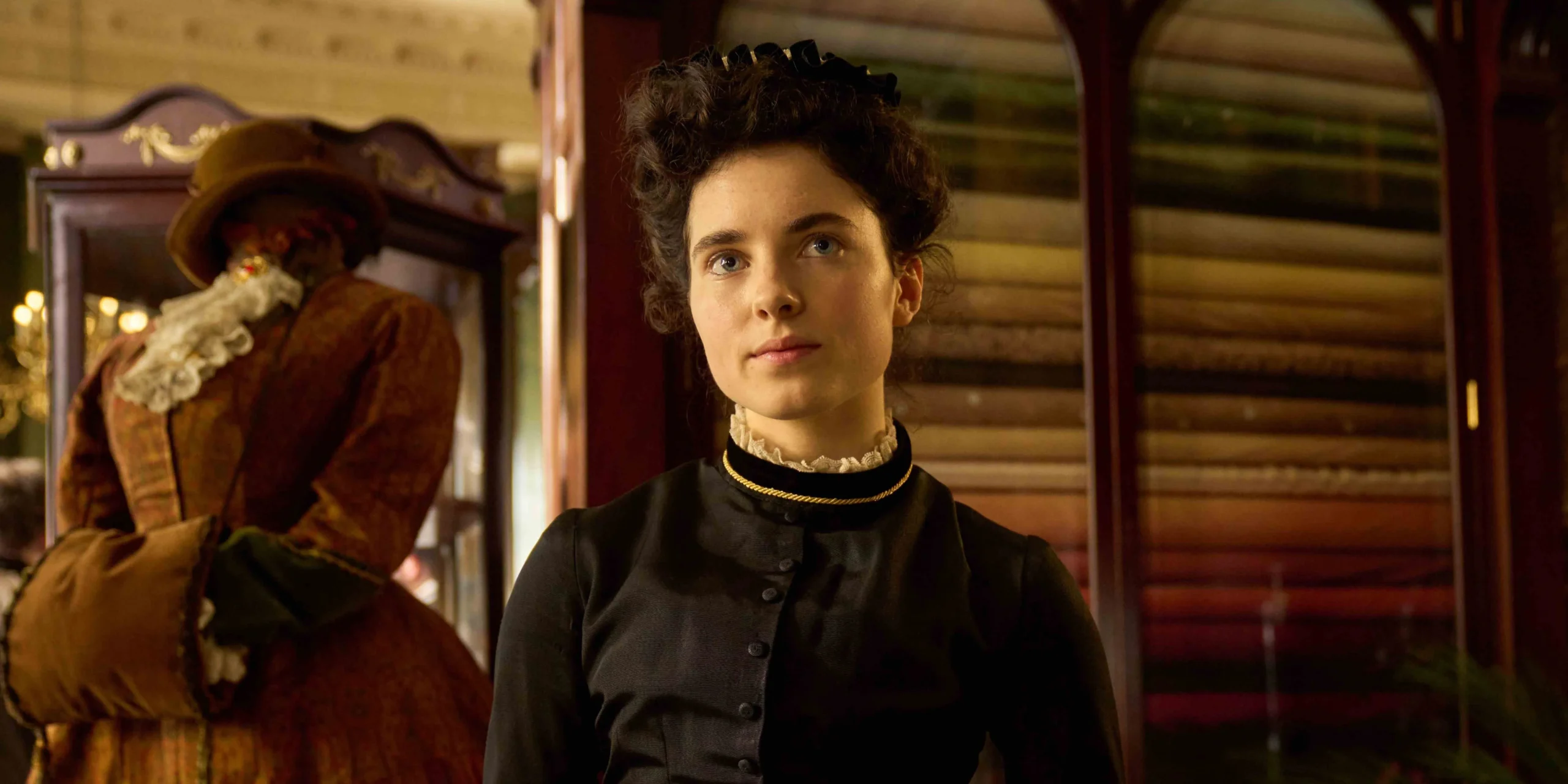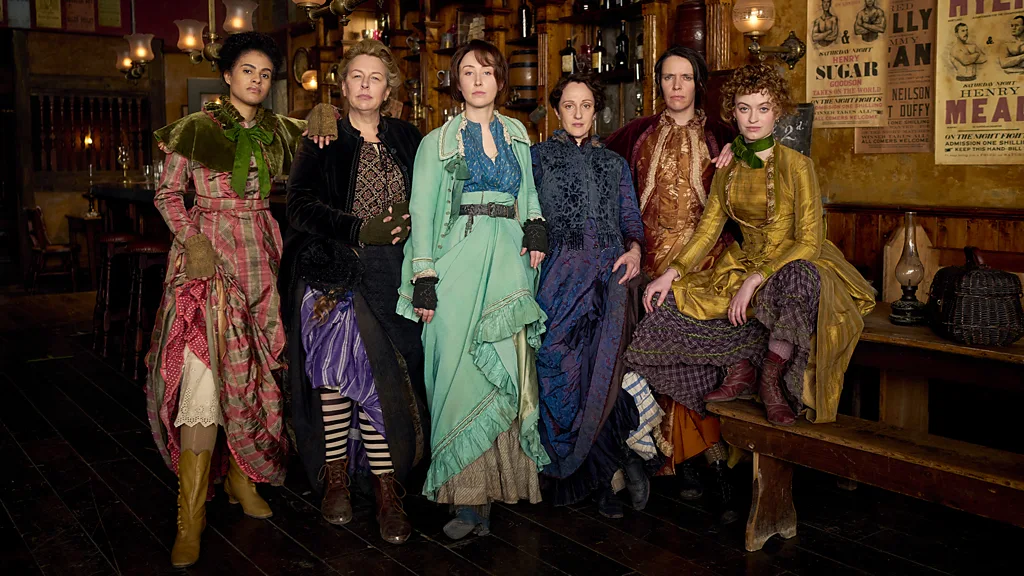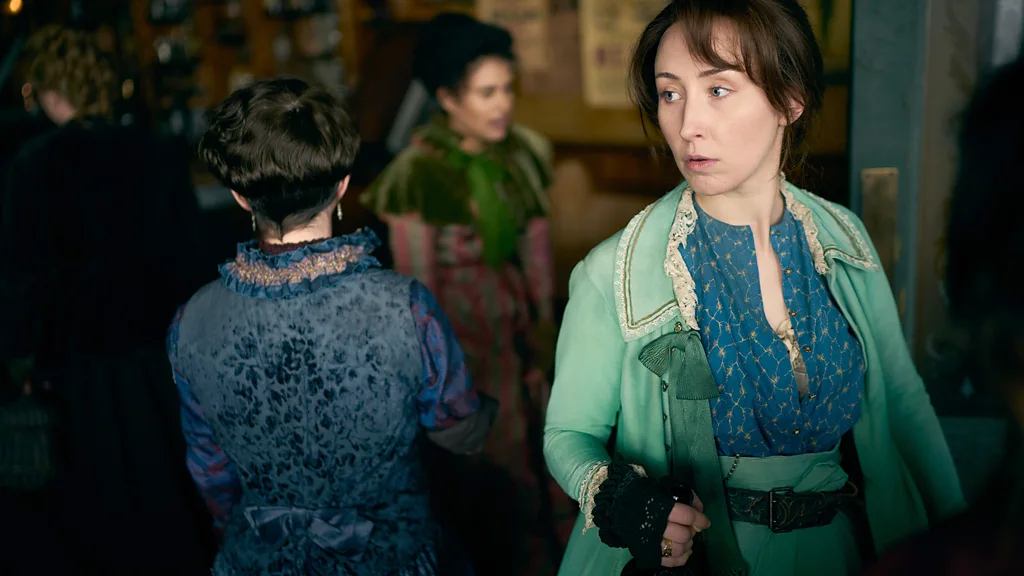By Amalia Theocharidou,
Mary Carr was born in n 1862 in Holborn, London. Coming from a bad background with a passed mother and a convicted father, who was chased and later on imprisoned for theft, by the age of fourteen she was already convicted herself of shoplifting. Using her great appearance as an excuse, she was able to work in famous shops, as well as also model for various artists. In her 20s, she was already arrested once and kept in specialized premises for “fallen women” that were managed by the Church of England.
After regaining her freedom, she managed to rise to the leadership of an only-women gang, named the Forty Elephants, who even called her their “queen”. This specific group was focused on shoplifting from high-end London shops or pickpocketing and operated in the Elephant and Castle area of south London. Its members consisted of females, partners or anyhow family or connected to men that were members of another similar gang, the Elephant boys. Their stealing method was simple but effective. During rush hour, two or three women would enter the store, asking the employee for some help. While doing so, one of them used to take a good look at the cashier and when the owner was occupied, they used to sneak the money under their clothing.

In the clothing domain, they needed to be very specific. “We frequently find the skirt of their dress lined from the pocket downward, forming a large repository all around the dress, with an opening in front, where they can insert a small article, which is not observed in the ample crinoline“, the journalist Henry Mayhew wrote. Due to the credulity of the people of the time and the stereotype that a woman is always more honest than a man, the gang managed to operate smoothly for a great amount of time, making it even to the headlines of newspapers.
Another way they used to win money from is blackmailing. A common practice was seducing an older rich man to follow them at a secluded alley and then accusing him of harassment. The woman would threaten to go to the police, having also some other women of the gang to support her claims as “witnesses”. The victim had no other choice than to pay in order to avoid the whole process.

What was extremely important for the women was that they follow the set of rules they had established, known as the hoister’s—the shoplifter’s—code. These were created by a male associate of theirs and included clear instructions on how to facilitate. Go to bed early, equal sharing of the profits, not stealing each other’s boyfriends. After Carr’s death, the gang continued to operate under a new leader.
The origins and the reason why this female gang was created remains unknown up to this day. As the historians still try to figure out all the mystery of this case, Disney+ has produced a series, called A thousand blows, that shares the story of Carr, as well as the struggle of surviving as a woman in London in the 17th century.
Reference
- A Thousand Blows: How a historic women-only gang menaced London for decades. BBC. Available here




